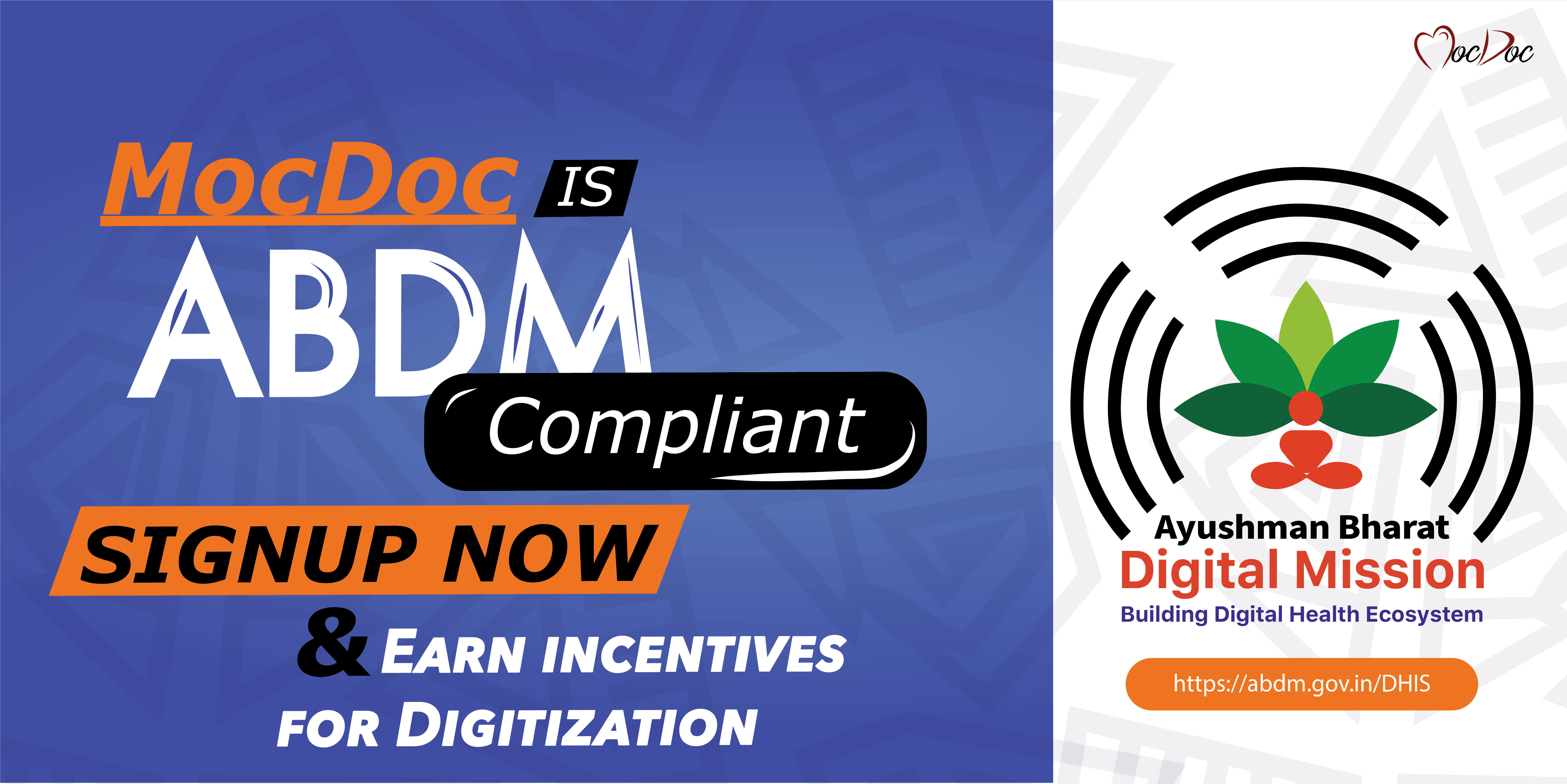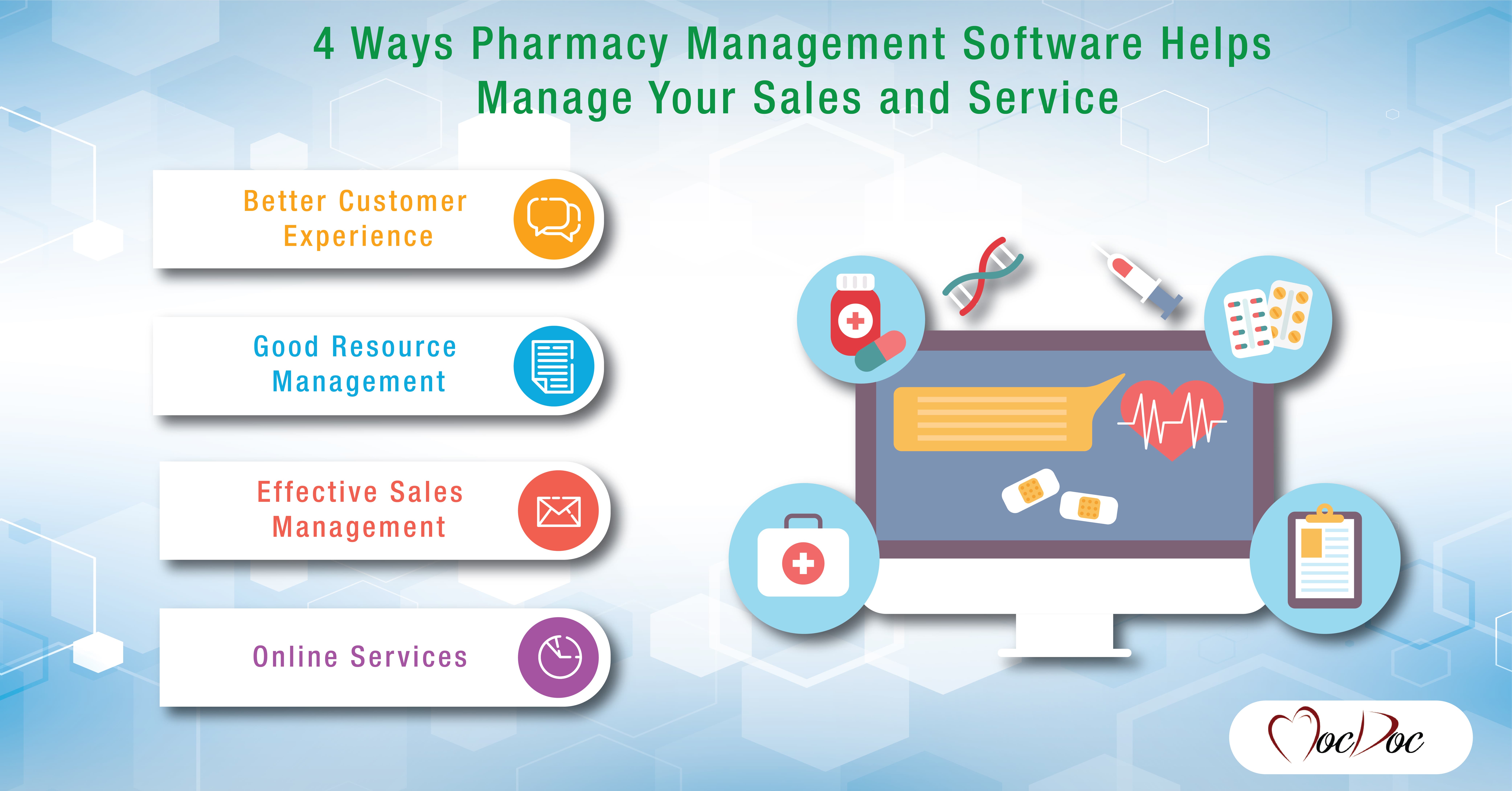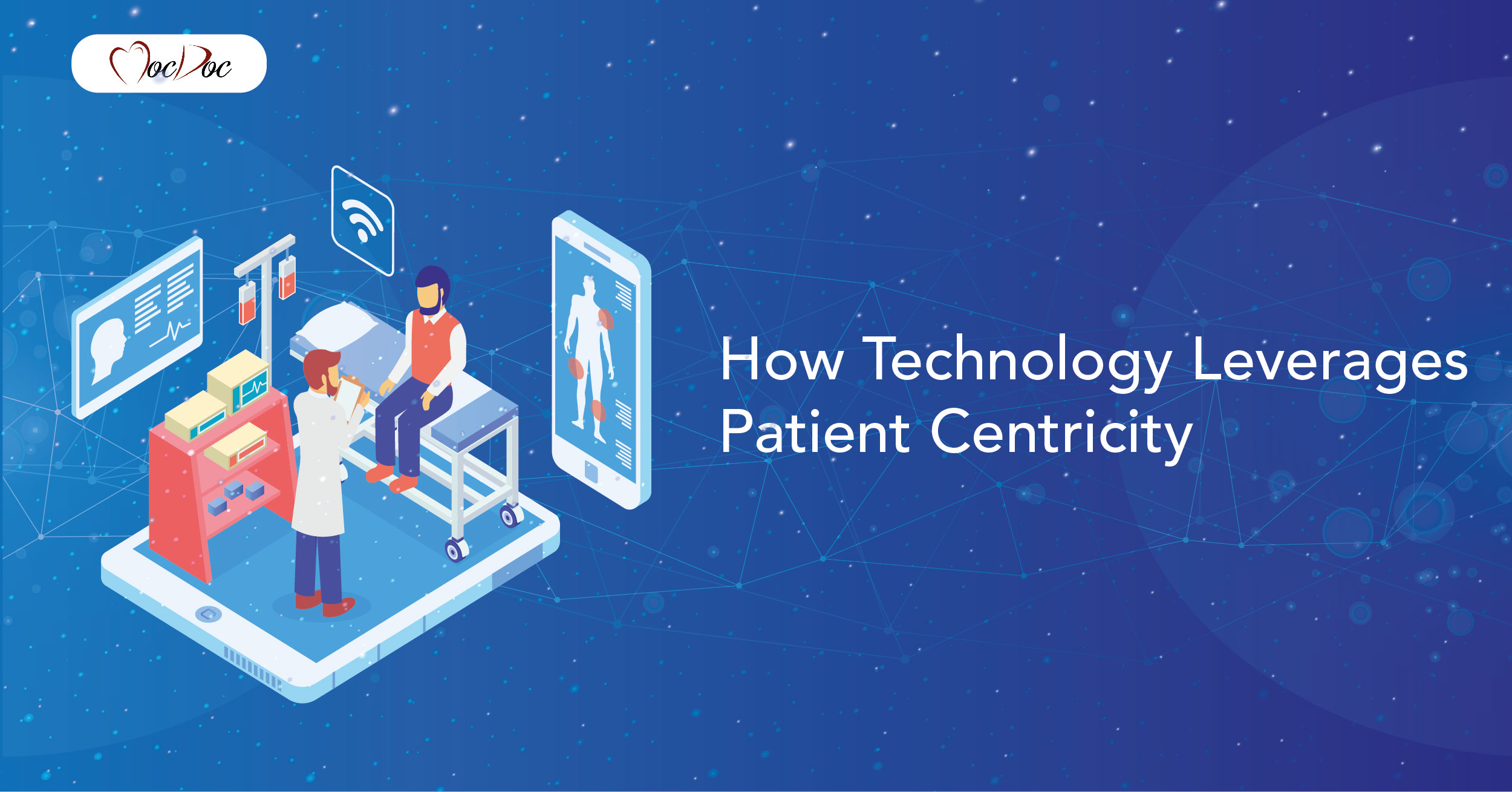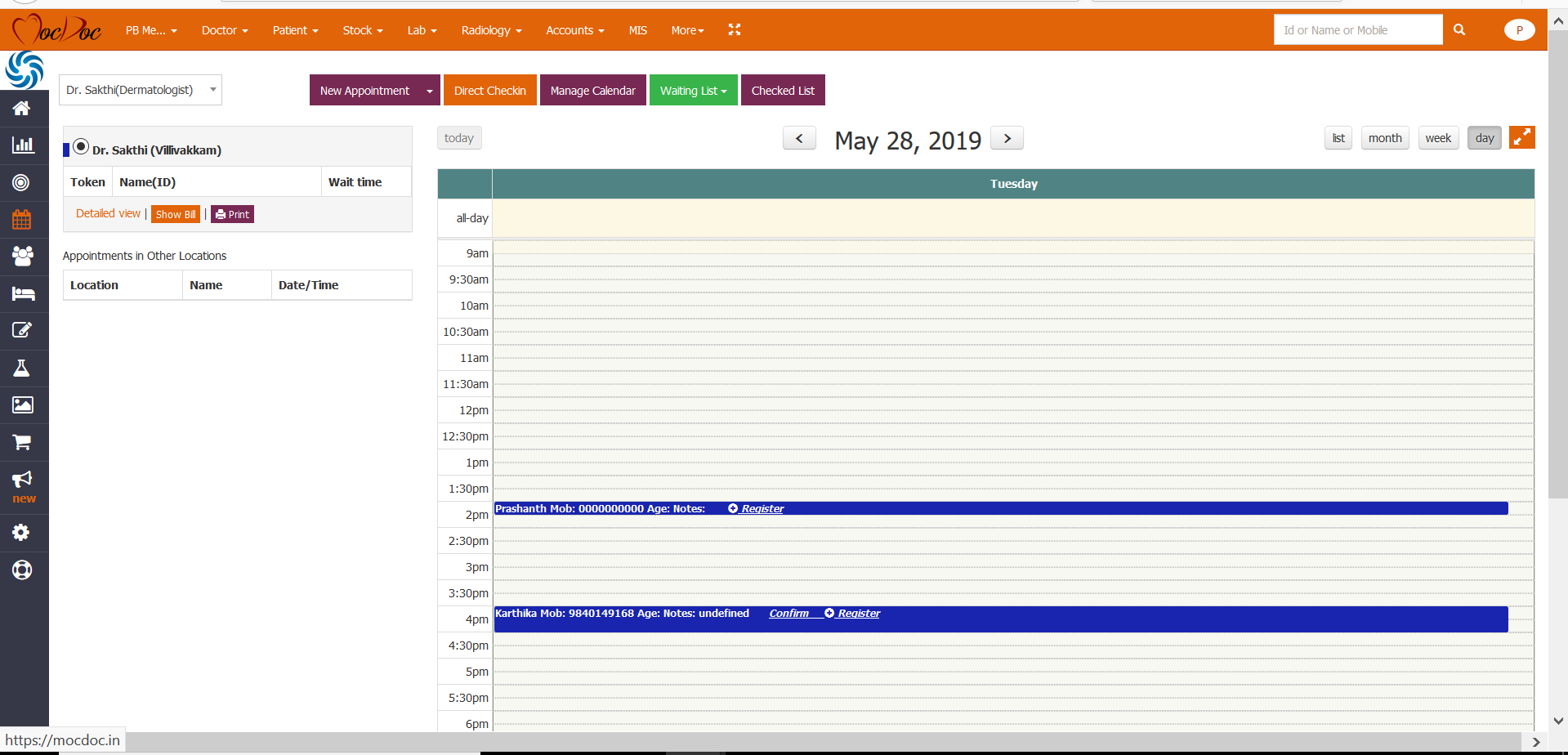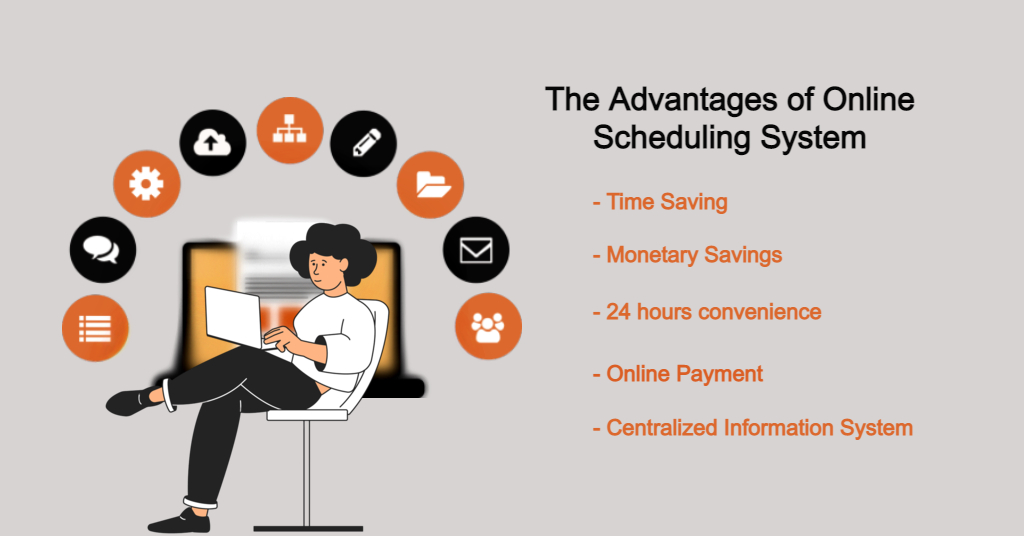MocDoc's Offerings
7 Reasons Your Company Should Use A Digital Healthcare Solution
Published By
Matthew@financeonline
2019070416:36:04
Category Healthcare
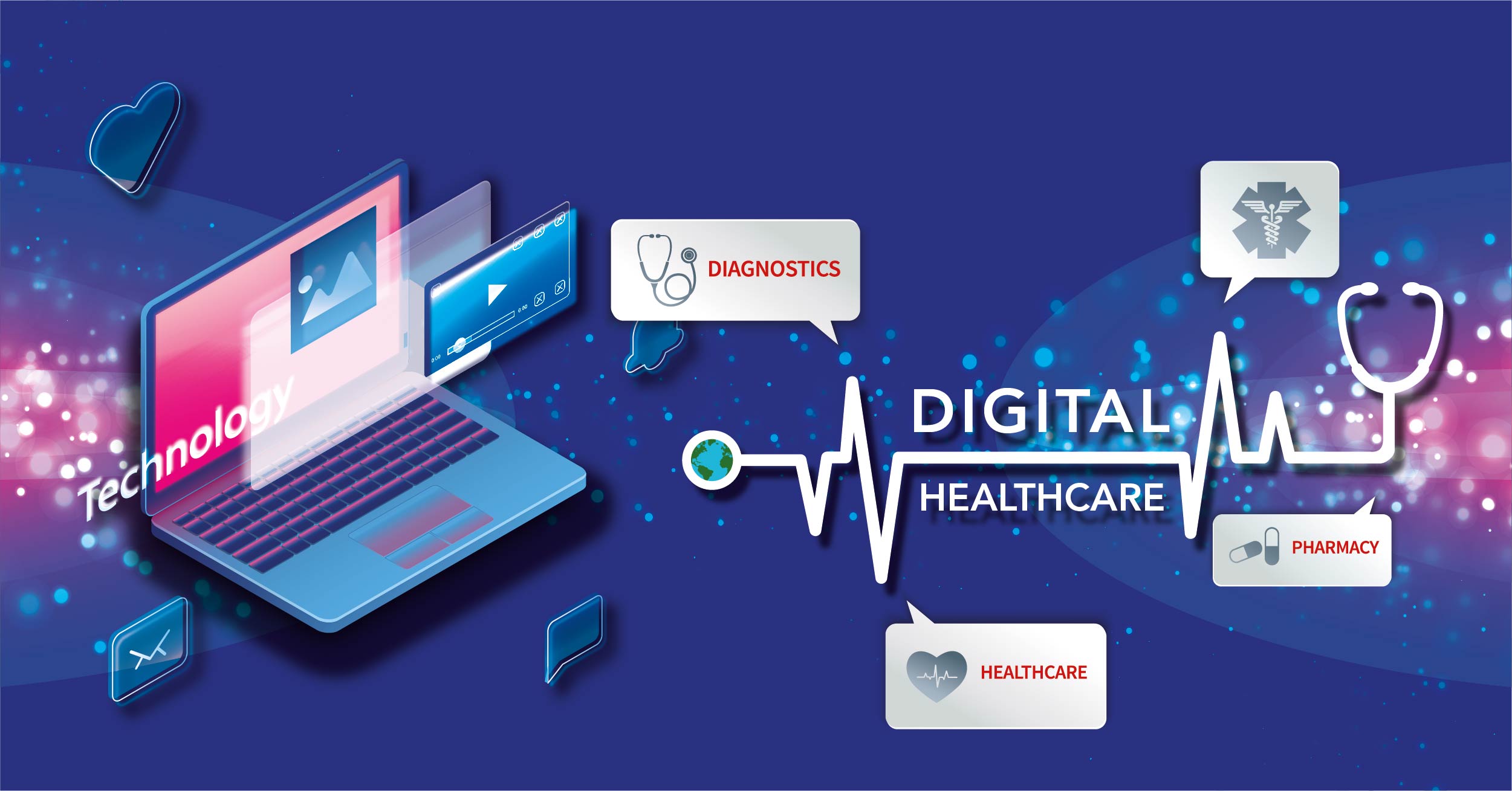
As new technologies and innovations arise, technological strides in the medical and healthcare industry increase in pace as well. The emergence of digital healthcare solutions has enabled hospitals, clinics, and other healthcare facilities to greatly enhance the delivery of medical services and products to their patients.
From aiding medical professionals in detecting serious diseases at its earliest stage to reducing medical errors to collaborating on a medical case, digital healthcare software solutions have allowed for these and more. Looking from a business perspective, digital healthcare systems help users improve their profitability exponentially, thus driving their business growth.
If those are not valid reasons for your company to go digital, then the following points will definitely convince you.
7 Reasons Your Company Should Use Digital Healthcare Solution
Centralize Information for Better Management, Storage, and Access
Create and Implement Personalized Journeys for Patients
Share Patient Information Easily across Multiple Platforms
Facilitate Continuity of Patient Care
Simplify and Increase Patient Bookings
Fuel Medical Research and Development
Empower Patients to Live a Healthier Lifestyle
1. Centralize Patient Information For Better Management, Storage, and Access
One of the most obvious benefits that stem from deploying a digital medical healthcare software is the centralization of patient information. Patient records, medical bulletins, patient medical histories, doctors’ instructions, progress reports - all the information contained in these documents are critical to the success of a patient’s medical treatment and outcome.
Manual entry of patient information takes time and can be prone to errors which some of the common small business problems. The storage of paper-based files requires resources and takes up physical space. Traditionally, accessing a patient’s files in the old days means browsing through file cabinets and checking each folder individually, which also takes time.
A digital healthcare solution streamlines the process of logging and categorizing of patient information while significantly reducing errors. It makes information access seamless and smooth. This is now an imperative as all medical professionals tasked to care for a patient requires immediate and reliable access to the patient’s data, be it doctors, nurses, therapists, dietitians.
Digital healthcare software ensures that they can access patient information in real-time using their desktop online or their mobile device. Access can be configured for added security, granting access to only those who are directly involved in patient care.
2. Create and Implement Personalized Journeys for Patients
As digital healthcare software solutions make it easy for medical professionals to centralize and access a patient’s data, the pains that often come with creating and executing personalized care plans are significantly reduced.
A study on the systematic delivery of healthcare services revealed that the utilization of standardized consultation templates is among the leading effective digital healthcare trends in creating personalized medical care plans for patients. Separate research on the full implementation of digital technology in healthcare cited numerous benefits, including the use of AI and robotics to support the patient in rehabilitation and recovery.
Access to prescriptions, allergies, medical history, and more are essential in helping medical professionals understand the needs of their patients and devise a personalized journey that guarantees the best experience possible and the desired results almost predictable.
3. Share Patient Information Easily Across Multiple Platforms
Digital healthcare software helps accelerate the sharing of patient information with other doctors and other healthcare professionals. This is crucial in a number of scenarios, such as handling critical cases that require insights and expert medical opinions from external parties or when an EMS or ambulance crew needs to provide ER teams with sufficient information prior to receiving the patient.
Sharing patient information no longer requires handling and receiving of actual patient files. A digital healthcare solution lets users share and receive files online via desktops, laptops, and mobile devices. Transmission of files is a breeze and can be done in a few clicks, saving users valuable time.
4. Facilitate Continuity of Patient Care
Electronic health records (EHR) play a crucial role in the continuity of patient care. Having all the patient’s information in a single, accessible page makes it easy for healthcare providers to keep themselves updated with the patient’s status.
Being able to retrieve and review files, scans, prescriptions, diet plans, and notes from other professionals allow users to make the necessary changes to the patient’s care plan if and when necessary. Direct coordination with laboratories, therapists, and other healthcare workers becomes more seamless and productive, resulting in the best medical journey possible for patients.
5. Simplify and Increase Patient Bookings
More patients mean more income coming into your hospital or clinic, which is crucial in a growing business. Doctors who run a private practice need patients to remain significant, competitive, and, most importantly, operational. Patients coming in for appointments represent a huge slice of your revenue pie.
With digital healthcare software, you can make the booking process convenient for your patients. Most healthcare systems come with customizable scheduling tools that help you create client-facing scheduling applications.
You can show your patients your work calendar with preferred time slots for the week or the month. The availability of your time slots is updated in real-time whenever someone has successfully booked an appointment. This ensures your patients pick a schedule that is both convenient for them and you. This feature prevents instances of double booking and decreases no shows.
6. Fuel Medical Research and Development
A patient's data, no matter how insignificant it may seem, can be instrumental in the future. The advances made in the medical field, some of them very recent, are fueled with data gathered from all over the world.
A study on linking healthcare and clinical research in 2018 enumerated several benefits of modern digital healthcare systems in terms of improving the research process and the output. The study, published by The International Journal of Medical Informatics, pointed out that medical data collected from healthcare solutions are better in terms of quality and accuracy. It also takes redundant data documentation out of the picture.
With digital healthcare systems, along with other technologies, patient information is now easily collected, collated, verified, and utilized for research and development of new drugs and treatments to further improve human health and well-being.
Hopefully, with all the patient information gathered from different sources, the medical world can discover effective medicine to combat and end serious illnesses that plague mankind. And ultimately, prevent large-scale epidemics like the Black Death and the Yemen Cholera Outbreak from happening ever again.
7. Empower Patients To Live A Healthier Lifestyle
For most patients, if not all, waiting for their diagnosis and test results can be a confusing aggravating, and frustrating experience. Baroness Blackwood of North Oxford highlighted in her speech in an AI technology festival that the deployment and utilization of digital technology, particularly AI, in the healthcare industry, can help provide better outcomes for patients by not only speeding up their diagnosis but also giving them more accurate results.
Digital healthcare software facilitates smooth and frictionless communication between healthcare professionals/providers and their patients. This feature enables doctors, therapists, and other healthcare workers to work closely with their patients and give them insights into their health on a very personal level. Being able to do so, you can empower your patients to make the right choices and plan for a long life that they can enjoy to the fullest.
The Future Of Healthcare Is Anchored On Digital Technology
According to a September 2018 report on digital systems in healthcare by the United Kingdom’s National Health Service (NHS), hospitals, clinics, and other digital healthcare companies are continuously looking for ways to digitize their processes, and that absolute digitalization can be achieved by the majority of NHS organizations by 2023.
The deployment of digital technology in the medical and healthcare industry is not just limited to the United Kingdom. It is happening all over the world. Many hospitals, clinics, pharmaceuticals, and other healthcare establishments are making the transition to a totally digital model of operation and business.
It is no longer a question of “when” will the future arrive. The future is here already. And your company will be left in the dust of your competition if you’re not making the move to adapt to the changing times.
Related Articles
Introducing Ayushman Bharat Di...
Ayushman Bharat Digital Mission (ABDM) Th..... Read more
4 ways Pharmacy Management Sof...
In recent years, medical stores have transformed f..... Read more
How Technology Leverages Patie...
Imagine the following scenarios: An electroca..... Read more
Benefits of an Online Appointm...
Exploring The Benefits of Online Appointment Syste..... Read more
